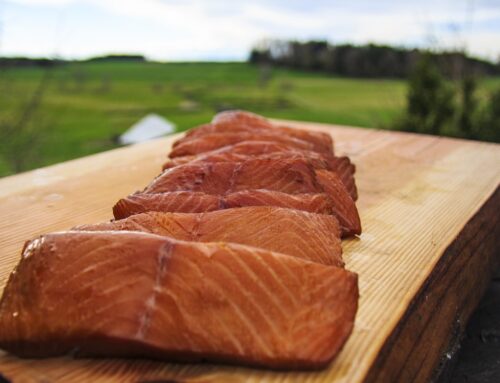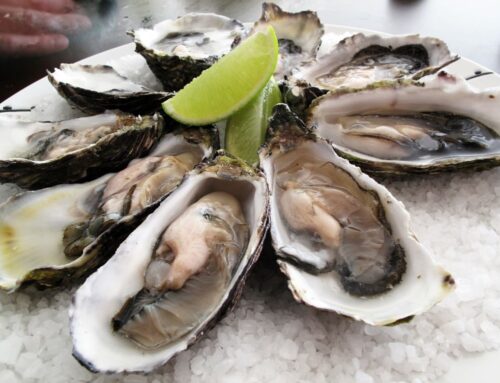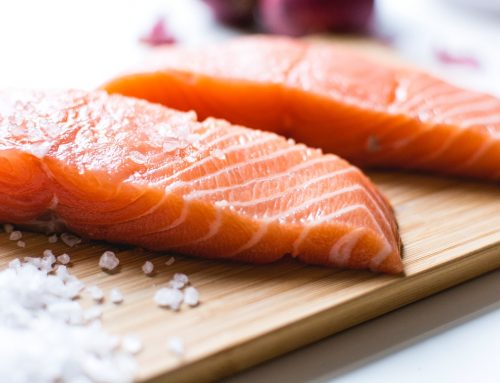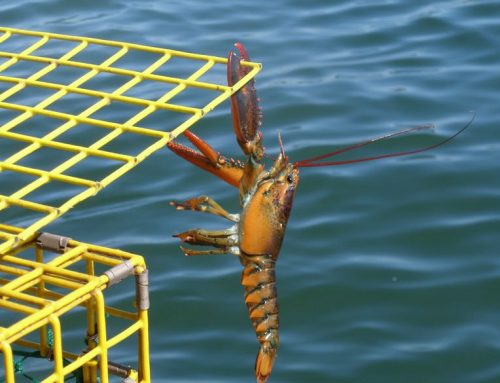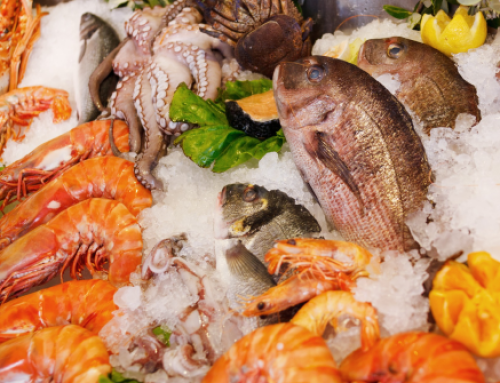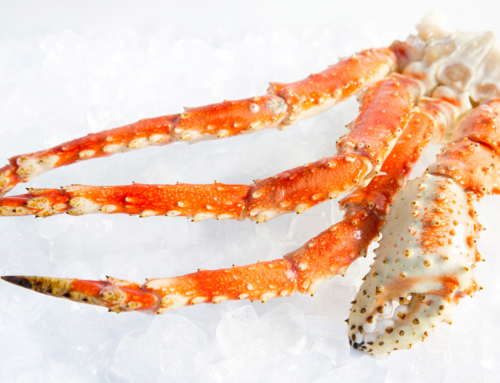There are endless lists of salmon recipes out there from countless food websites. This is something else. We wanted to create a separate space for people’s best salmon preparation and cooking tips. We got the ball rolling with our 5 best tips, but we want to build more comprehensive general knowledge facts about the methods and practices of preparing and cooking salmon. So, share your best salmon tips with us, and we’ll pass it along to our audience through this page.
Explore Your Pink and Chummy Sides: Due to their two-year life cycle, Pink salmon are especially plentiful in odd-number years. Plus, this year’s projection for chum salmon is supposed to easily surpass the record set in 2017. Translation: As the year goes on, more and more pink and chum salmon will be harvested, and there will be more opportunities to buy these types of salmon at an unbelievable price. These species are known for being on the milder side as salmon flavor goes, but they’re just as healthy as most other wild Alaskan salmon. A lot of people’s experience with salmon is cooked fillets with limited exposure to soups and pasta dishes served at restaurants. Pink and Chum salmon provide the perfect excuse to explore more mixed and multi-ingredient salmon dishes. Maybe you create your own surf-n-turf stew recipe. Or a brunch recipe that features an egg and salmon skillet dish. Substitute salmon for lobster and make a different kind of seafood mac n cheese.
Avoid Being Too Direct: A lot of people look to salmon as a healthier alternative to more traditional grill options. But salmon isn’t beef. Very minimally cooked salmon might survive an open flame grill method, but it’s still not the best option. Along with the natural flavor of the wood, this is why cedar planks are such a great option for grilling salmon. If you’re having trouble with albumin—white stuff oozing out of your salmon—the number one culprit is too much heat.
Dial it Down: In fact, you can’t cook salmon on high-heat—whether on the grill, on the stove, or in the oven—and expect to get a good, consistent result. Of course, the oven is the easiest way to control cooking temperature, but you might still look to dial the temperature back a few degrees or take the salmon out an extra minute early to see if you get a better result. There’s rarely, if ever, any health concern with eating undercooked, or even raw, salmon. And especially if you’re buying wild Alaskan salmon from a reputable source.
Keep a Thick Skin and Let it Be: Let the skin do its job, by acting as a barrier between the heat and the salmon meat. You may be used to the personal flavor that comes from your favorite cast-iron skillet, but if you are going to cook salmon in a skillet, rely on direct seasoning for flavor. Explore your favorite spices for pre-seasoning your salmon and/or add a few drops of fresh squeezed lemon at the end of the cook. That way, you can keep the skin side down during the entire cook. Salmon isn’t beef; it isn’t catfish, either. Blackened salmon is rarely the preferred way to showcase the flavor of the fish. Turning or overworking salmon is another reason why the fish may ooze out the white coagulated protein known as albumin. The dangers of overworking your salmon is a big reason many people prefer to bake rather than grill their salmon. But if you keep the stove or grill on low and don’t fuss with the salmon, you can achieve a great result through either method.
Steak Your Salmon: Experienced salmon lovers, especially those who don’t mind navigating a spare bone or two, may look to up their game bone-in salmon steaks. Cooking salmon fillets not just with the pin bones left in but the spine as well. This increases the richness and complexity of the salmon flavor. However, in addition to the bones, these steaks are best when only minimally cooked and/or in the hands of an experienced chef. Because the steaks are cut across the skin as opposed to fillets where there is an entire side that is still covered in skin. In this way, it’s something of a trade-off, but if you’re looking to expand your salmon cooking methods and palette, this is a great way to do it.
Get answers to one of the most commonly asked questions when it comes to buying salmon: Portions vs Fillets? And, again, we’ll be adding to this page with additional tips and advice over time. Please, don’t hesitate to share your salmon preparation and cooking tips.
Take note of our Affiliate Relationships that may exist with this page and companies listed on it.


